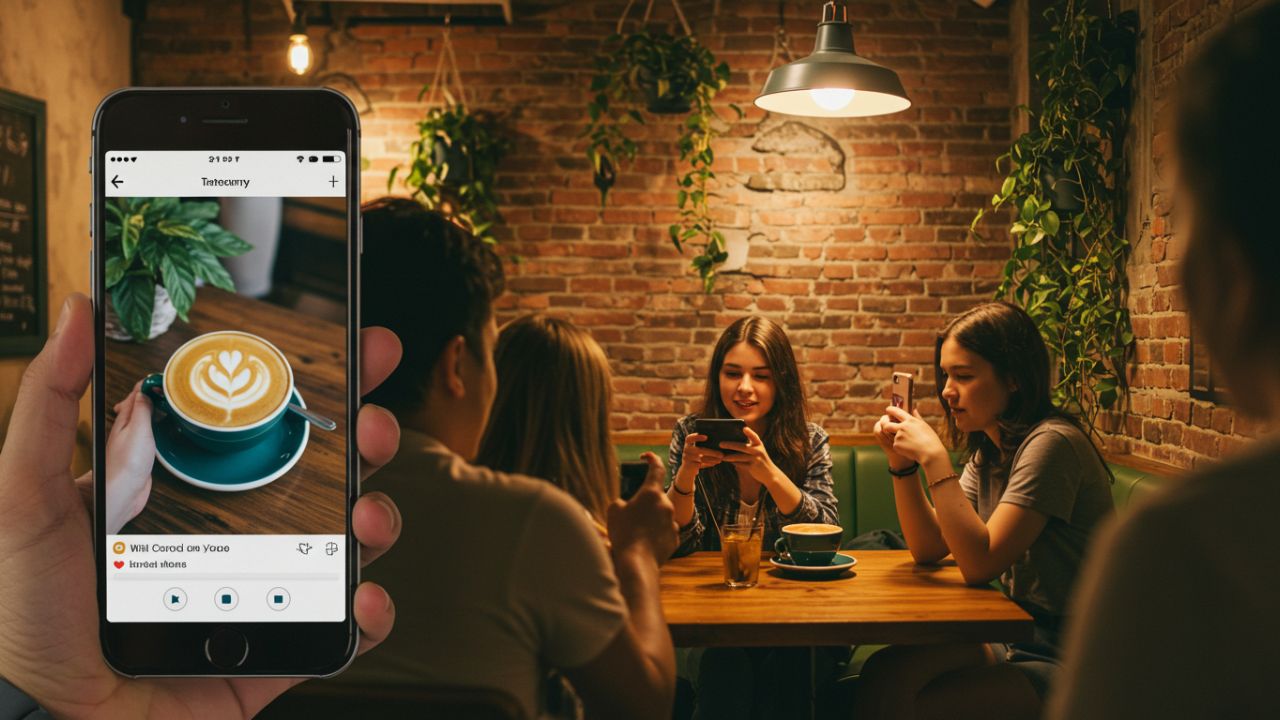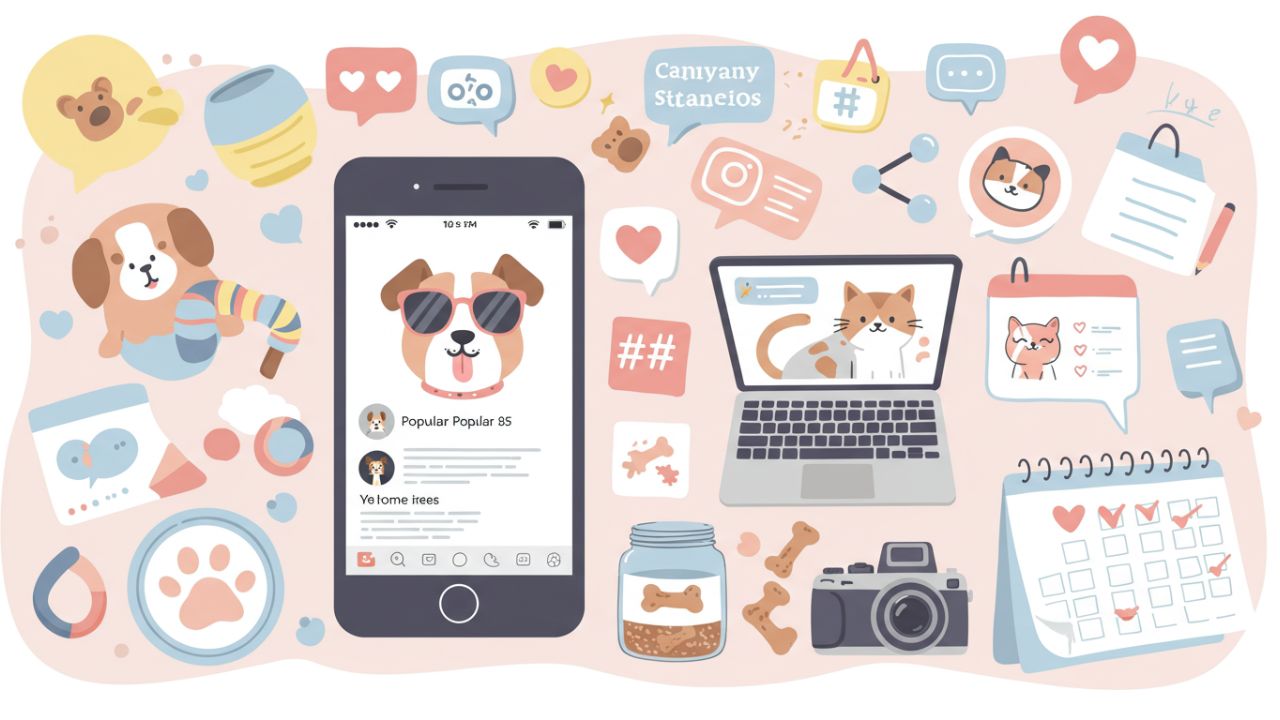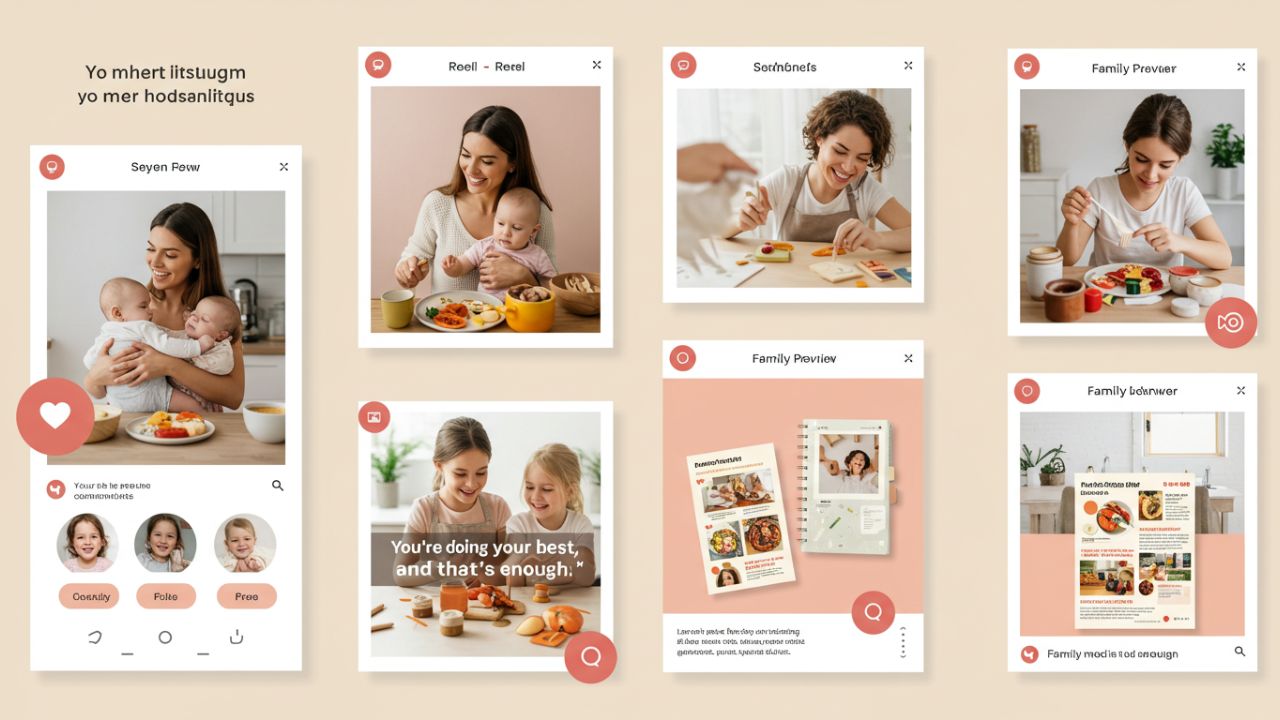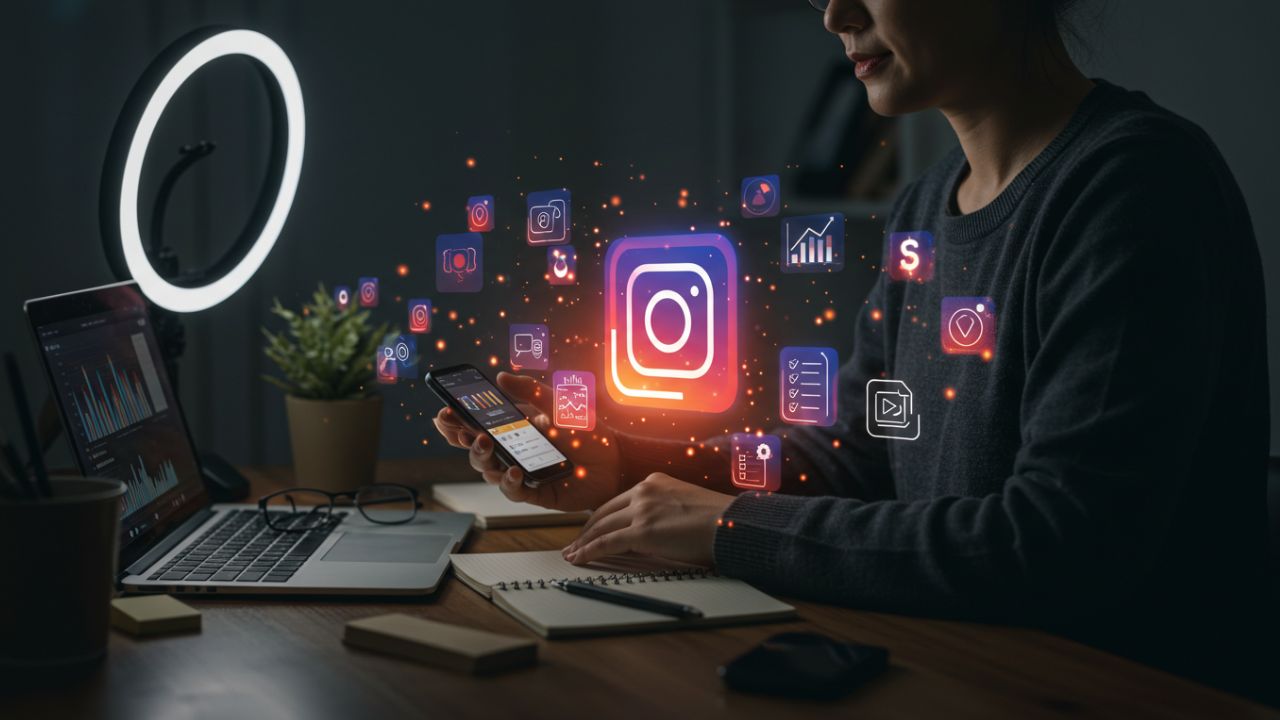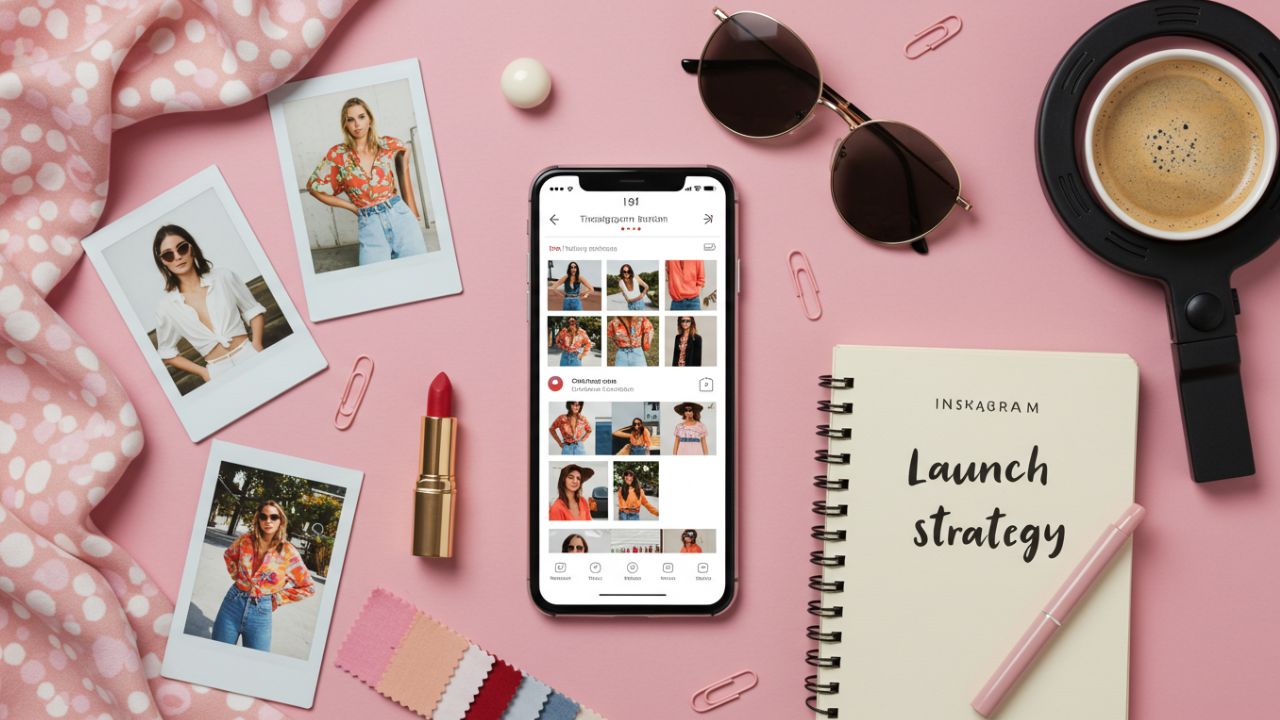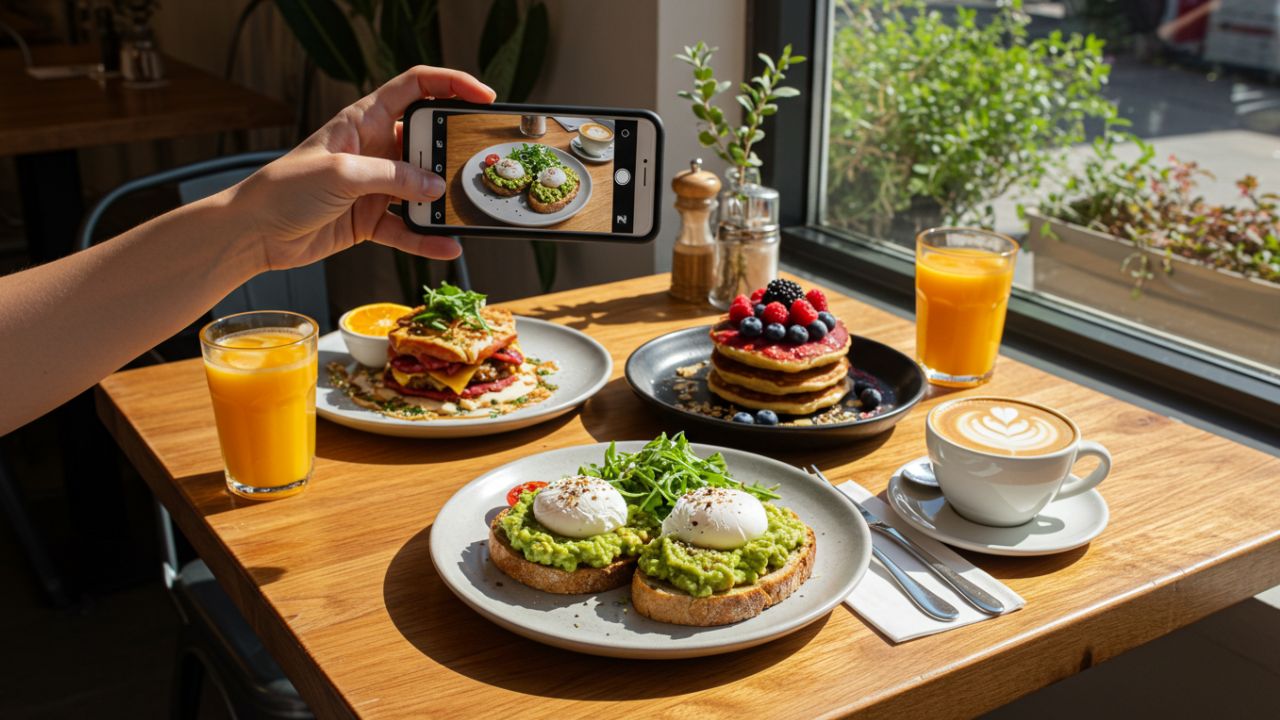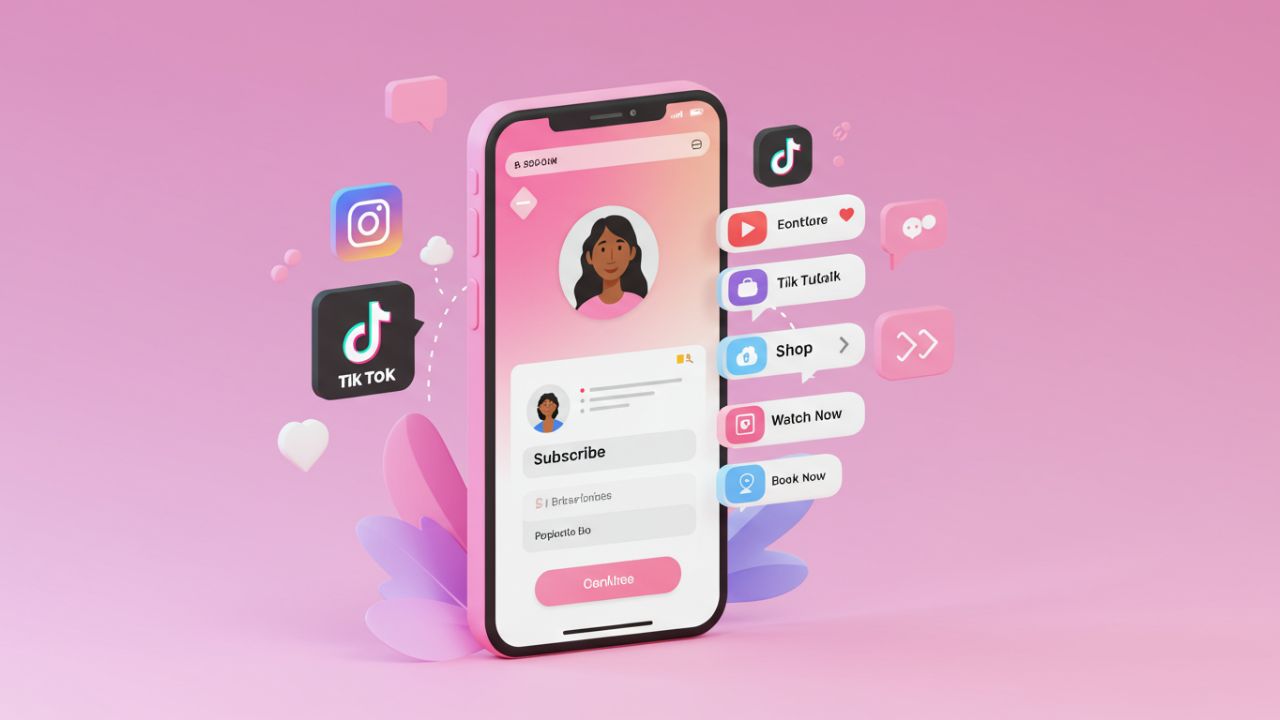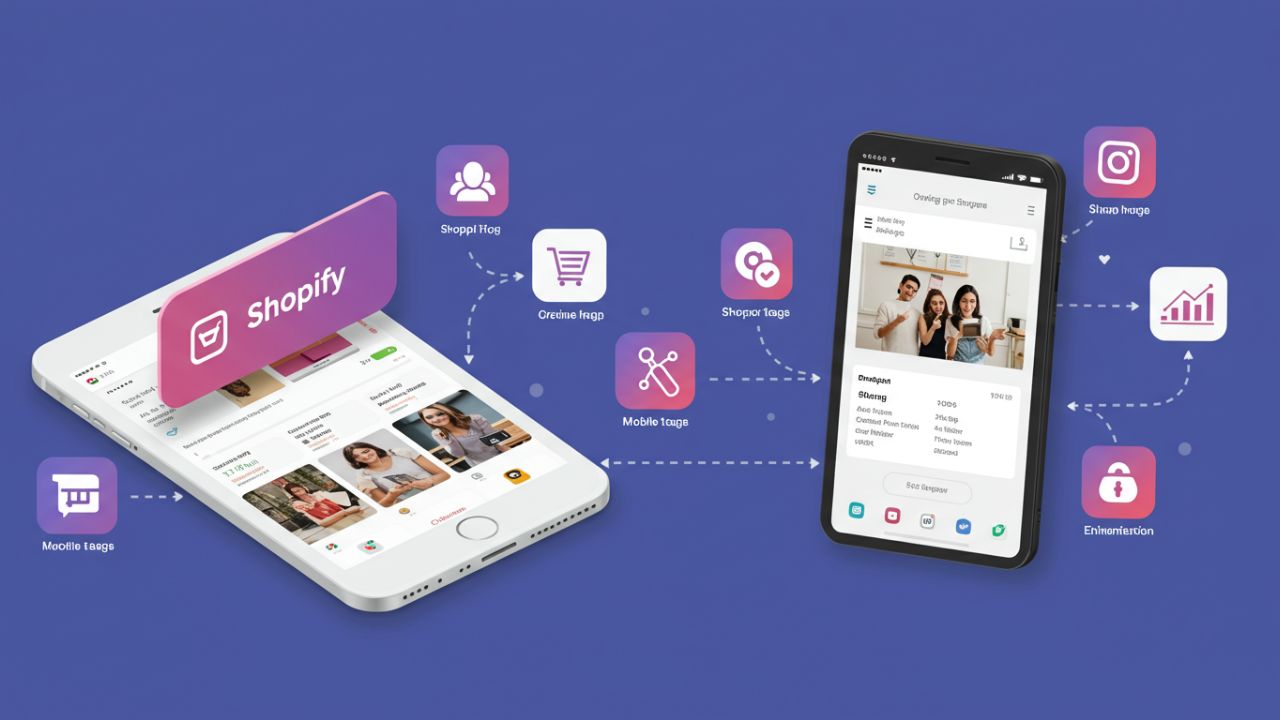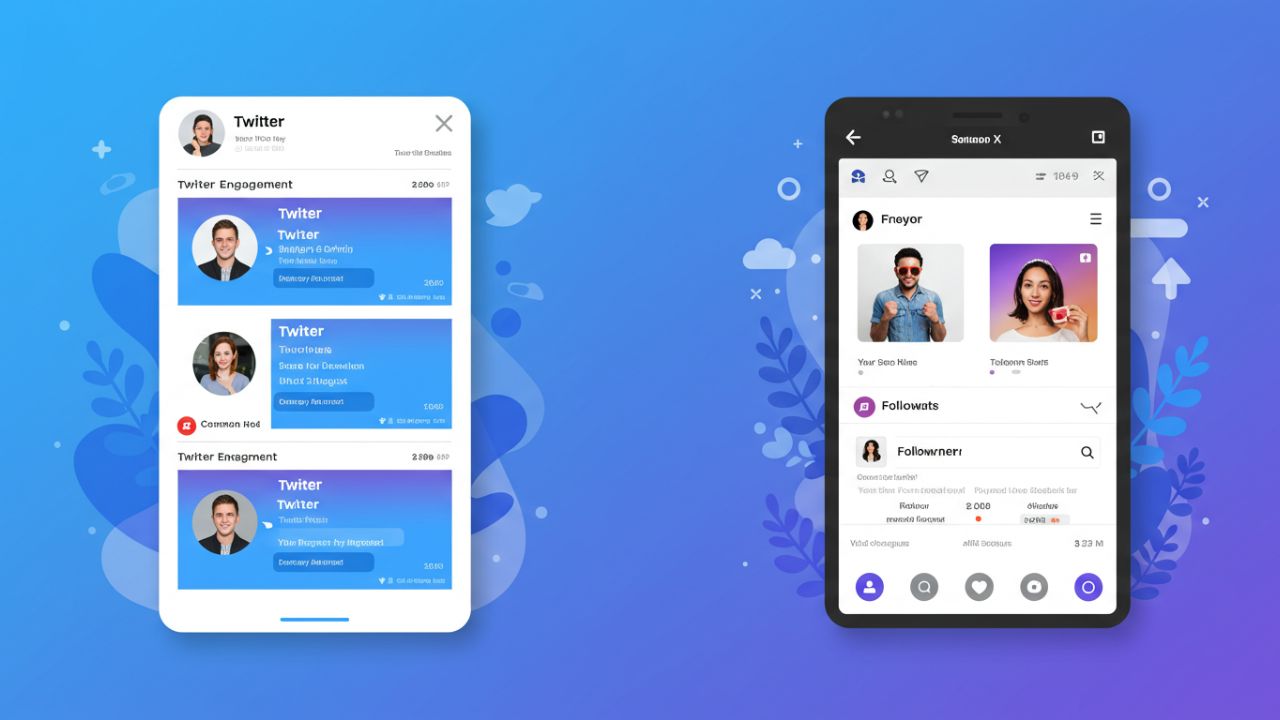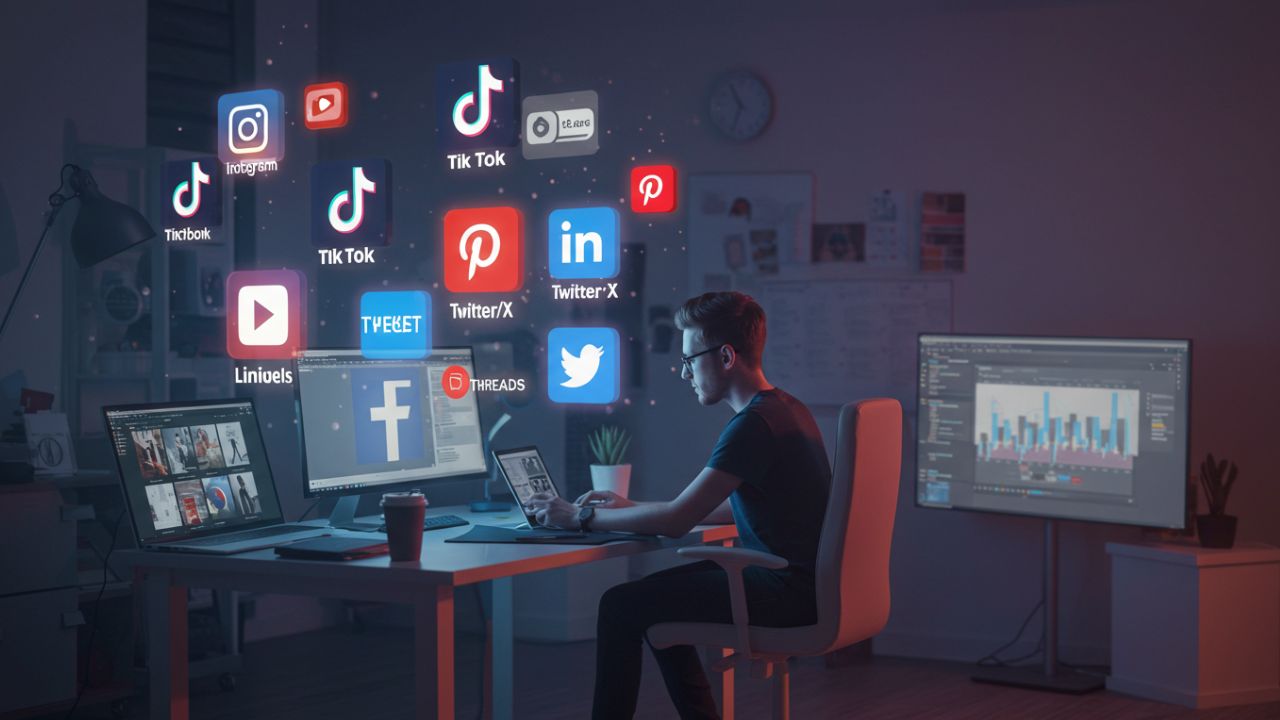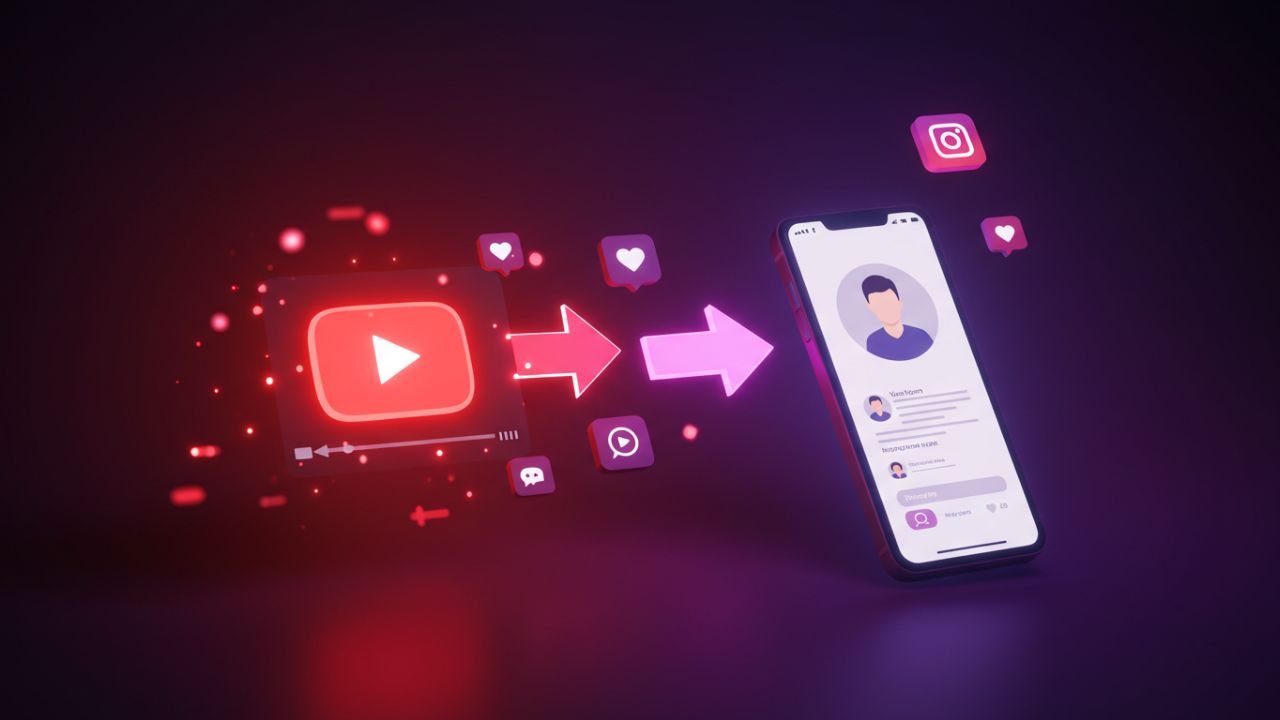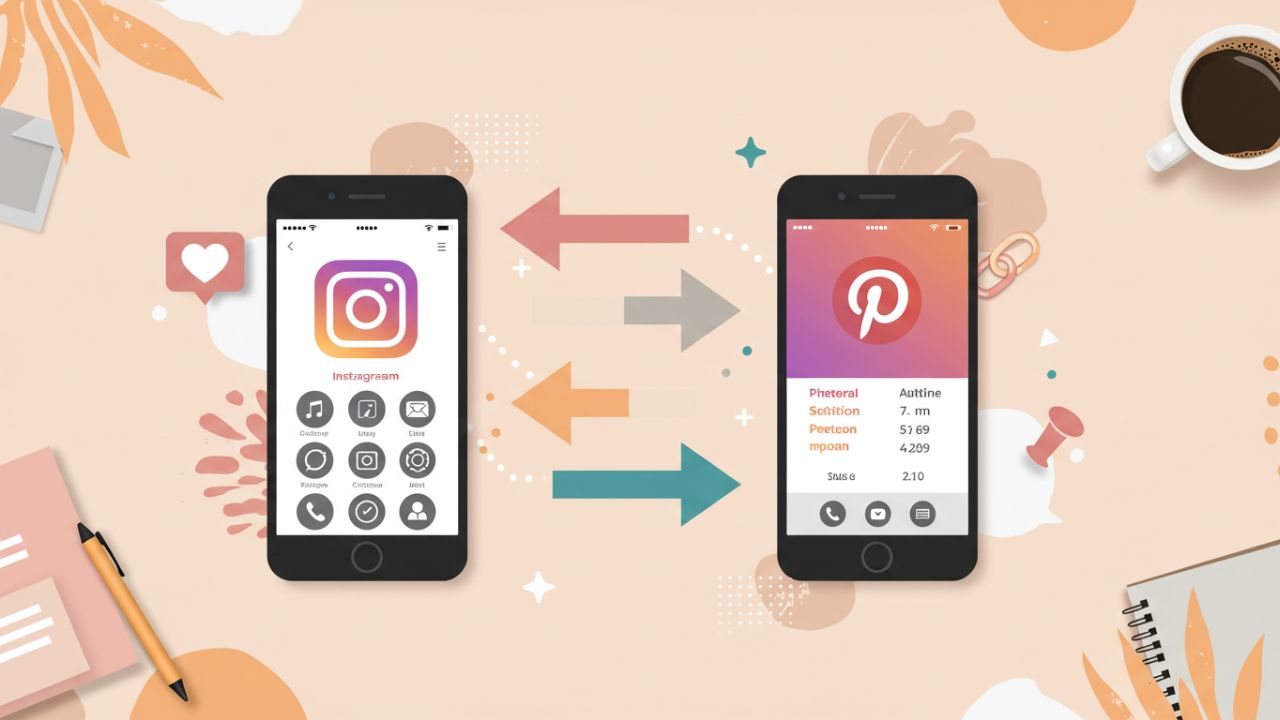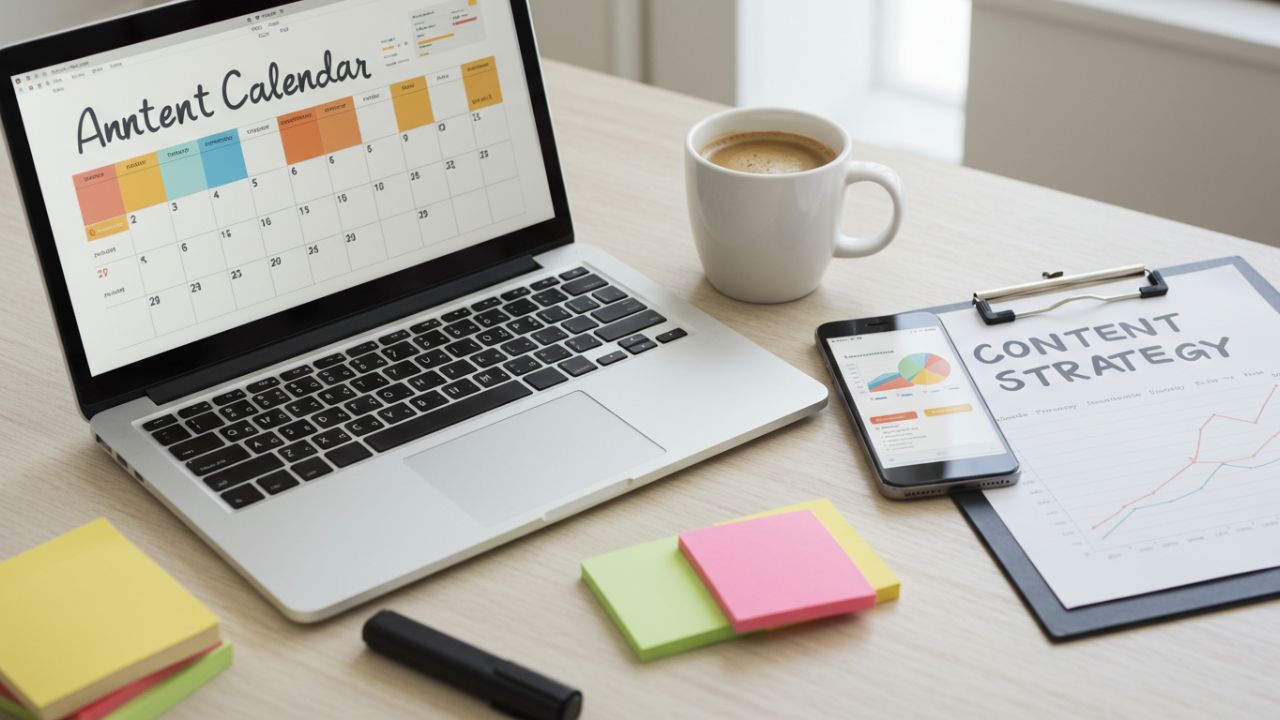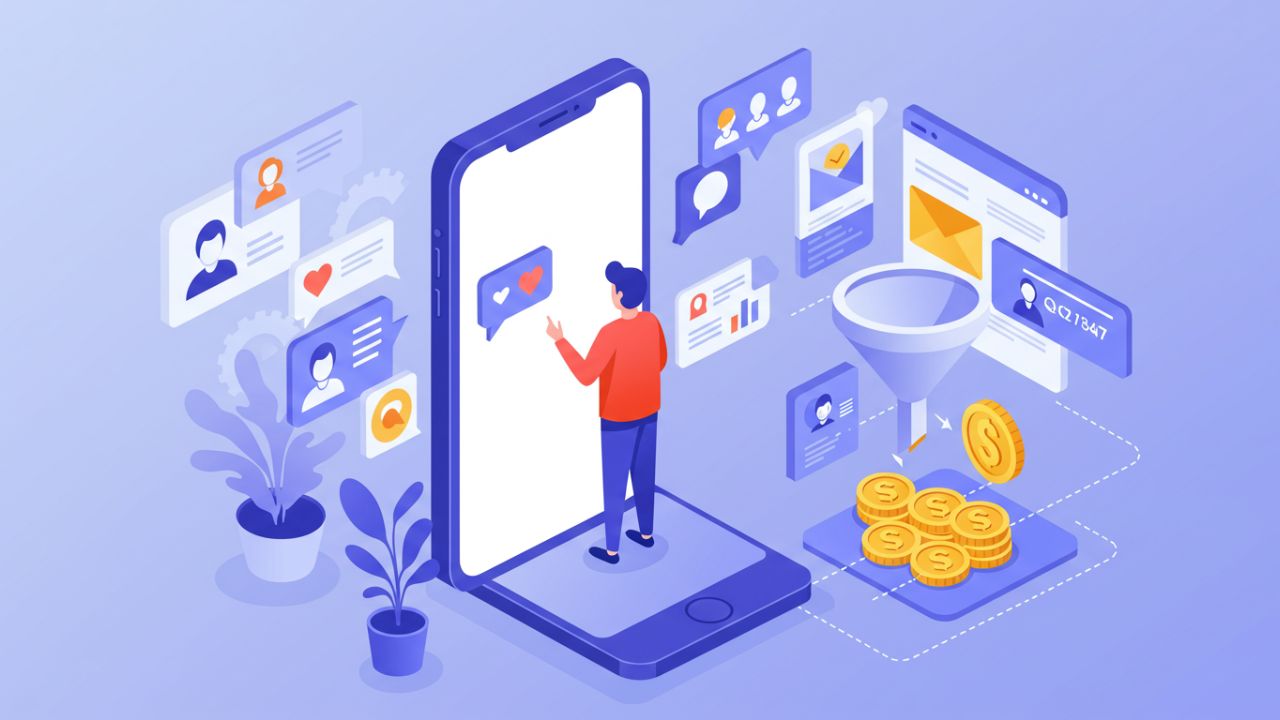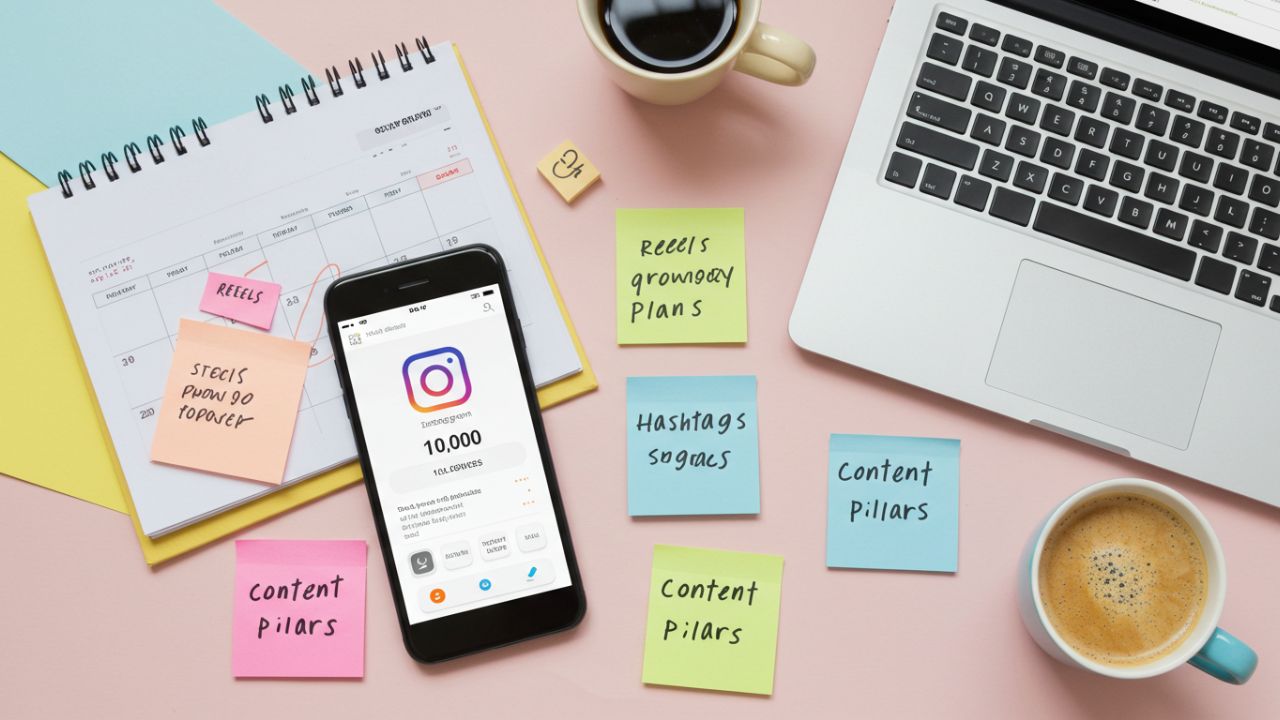In the digital age, cafes and bars are no longer relying solely on word-of-mouth, print advertising, or street visibility to draw in patrons. With the increasing reliance on smartphones and social media platforms, businesses in the food and beverage industry are tapping into a powerful digital tool: geotags. These location-based tags have emerged as a strategic asset for attracting nearby customers, boosting brand visibility, and creating hyperlocal engagement. This article explores in depth how cafes and bars use geotags to build community presence, enhance marketing efforts, and drive foot traffic.
1. What Are Geotags?
Geotags, or geolocation tags, are metadata that attach geographical information to various forms of media, particularly on social media platforms like Instagram, Facebook, and TikTok. These tags can include coordinates, place names, or specific venues. When a customer posts a photo at a coffee shop and tags the location, it allows others to discover that venue through location-based searches or explore pages.
Geotags also extend to Google Maps, Yelp, TripAdvisor, and other review platforms, providing digital footprints that help local consumers find businesses relevant to their immediate environment.
2. The Psychology Behind Geotags
Humans are inherently social and local creatures. When someone sees their friends enjoying a latte or cocktail at a local spot, they often want to have the same experience. This desire is amplified by the FOMO (Fear of Missing Out) effect. Geotagging provides social proof. It says, “This is a place people like me are going to.” As more users geotag the same place, the establishment gains credibility and popularity in digital spaces.
Moreover, customers trust user-generated content more than advertisements. A friend tagging a cozy bar in a story post has far more influence than a sponsored ad.
3. How Geotags Improve Discoverability
When a business is geotagged on platforms like Instagram or TikTok, it appears in location-based searches. For instance:
- A tourist in New York searching “best coffee near me” may stumble upon dozens of geotagged posts from cafes in lower Manhattan.
- A local resident in Chicago browsing Instagram Stories might discover a hidden speakeasy tagged by influencers.
This increased discoverability can be the difference between a slow Monday night and a full house.
4. Leveraging Geotags for Organic Marketing
Geotags essentially create free advertising. Every time a customer tags a business in a post or story, they’re promoting that location to their followers. The establishment gets exposure without spending a dime.
Many cafes and bars have started to encourage this behavior by:
- Creating Instagram-worthy interior designs and signature drinks.
- Running photo contests or hashtag campaigns.
- Offering discounts for those who check in or geotag their visit.
This results in a self-reinforcing marketing loop. The more people geotag, the more visibility the place gets, which attracts even more customers.
5. Building a Local Community through Geotag Engagement
Beyond marketing, geotags can foster a sense of community. Businesses can monitor local tags and engage with customers who check in by:
- Commenting or liking their posts.
- Sharing user-generated content on the business’s own page (with permission).
- Creating location-specific events like “Latte Art Tuesdays” for nearby followers.
This interaction transforms customers into brand advocates and helps establish a loyal local clientele.
6. Case Studies of Successful Geotag Campaigns
Let’s examine how some cafes and bars have effectively leveraged geotags:
Case Study 1: Blue Bottle Coffee (San Francisco) By encouraging patrons to use geotags with branded hashtags, Blue Bottle expanded their visibility organically. Their baristas trained to remind customers to tag the café in posts and occasionally reshared top posts, which built excitement and repeat visits.
Case Study 2: Attaboy (New York City) This hidden speakeasy doesn’t advertise much but thrives off geotags from patrons. Because it’s an intimate, invite-only experience, those who tag the location on Instagram build exclusivity and intrigue. This viral appeal has helped maintain constant buzz without traditional advertising.
Case Study 3: Café Santo Grão (São Paulo) In Brazil, Café Santo Grão uses a geotag-and-win campaign. Customers who geotag their location and share a photo of their coffee enter a weekly raffle to win a free meal. This generated over 10,000 unique tags in a year.
7. Using Geotags with Google and Maps-Based Services
While social media plays a huge role, platforms like Google Maps and Apple Maps also allow users to post reviews and images with location data. Ensuring that your business:
- Has a claimed and optimized Google Business Profile.
- Encourages satisfied customers to leave reviews with photos.
- Posts updates, offers, and events regularly.
…can help in increasing visibility when someone searches for nearby options.
8. Tools and Analytics to Track Geotag Effectiveness
To optimize geotag strategies, businesses use tools like:
| Tool Name | Function |
|---|---|
| Hootsuite | Monitors location-specific mentions on social media |
| Sprout Social | Provides audience geolocation metrics |
| Google My Business Insights | Tracks search and map interactions |
| Later | Analyzes Instagram posts with location tags |
These tools help cafes and bars assess which types of content perform well in specific locations and allow for more strategic targeting.
9. Combining Geotags with Influencer Marketing
Geotags become even more powerful when combined with local influencers. By inviting micro-influencers (those with 5,000–50,000 followers) for tastings or private events, cafes and bars can ensure a flurry of geotagged posts with wide reach.
Even better when influencers are hyperlocal — their audience is often within walking distance.
10. The Role of AR and Future Tech in Geotagging
As augmented reality (AR) and wearable tech evolve, geotagging will become even more immersive. Imagine:
- Walking down a street with AR glasses and seeing geotagged reviews floating above each cafe.
- Using an app that highlights your friend’s favorite geotagged spots in real time.
These technologies will take location-based marketing to a new level and reward businesses that are early adopters.
11. Challenges and Considerations
Despite its power, geotagging comes with considerations:
- Privacy: Some customers may not want their location shared.
- Overcrowding: Viral geotags can lead to overwhelming foot traffic, diminishing experience.
- Authenticity: Over-reliance on influencer geotags can feel manufactured if not balanced with genuine content.
Business owners must strike a balance between visibility and customer experience.
12. Final Thoughts
Geotags are not just a digital novelty — they are the cornerstone of modern location-based marketing. For cafes and bars, geotags represent an organic, powerful, and community-driven way to boost visibility, attract foot traffic, and create buzz.
By embracing geotagging strategies, engaging with tagged content, and incentivizing patrons to participate, these businesses position themselves at the heart of both digital and physical communities. As consumer behavior continues to blend online and offline experiences, geotags will only grow more valuable for neighborhood-focused establishments.
